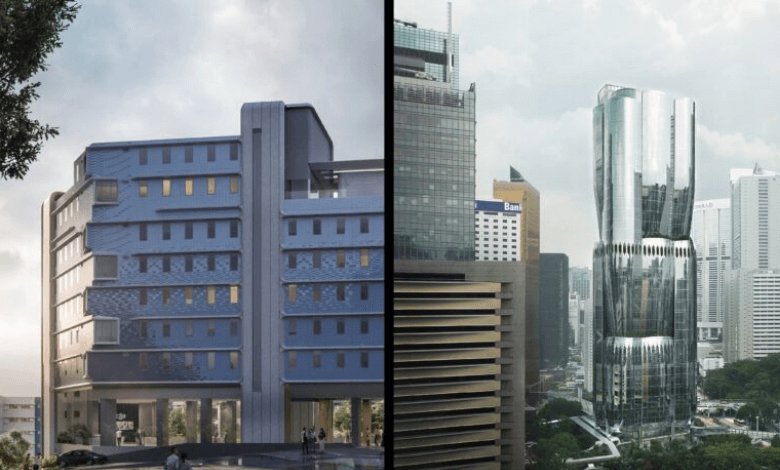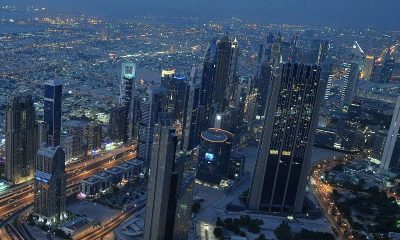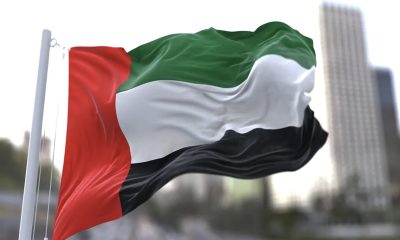In the face of rising temperatures and the looming specter of extreme heat, innovative solutions are emerging to address the challenges posed by climate change in the Gulf region. Recent exploration into the potential role of skyscrapers suggests that these towering structures may hold the key to helping the Gulf adapt and thrive amid escalating heat.
The Heat Challenge in the Gulf
The Gulf region grapples with the harsh reality of extreme heat, exacerbated by the worst-case scenario of temperatures rising by 0.5°C per decade. As climate change accelerates, finding effective strategies to mitigate the impact of scorching temperatures becomes paramount for the well-being of both the environment and the communities residing in the Gulf.
Skyscrapers as Climate-Resilient Structures
A beacon of hope arises in skyscrapers, the iconic structures that define the skyline of many Gulf cities. While traditionally celebrated for their architectural grandeur, these towering buildings are now being recognized for their potential to contribute to climate resilience. Innovations in skyscraper design and technology present opportunities to harness their unique features for cooling and sustainable energy generation.
Cooling Strategies Through Urban Design
Skyscrapers offer a canvas for reimagining urban design to enhance cooling strategies. The integration of green spaces, reflective surfaces, and advanced ventilation systems within and around skyscrapers can contribute to creating microclimates that alleviate the impact of rising temperatures. Such intentional design interventions aim to counteract the urban heat island effect, providing pockets of relief in the midst of sweltering heat.
Harnessing Wind Flow for Natural Ventilation
Tall structures possess the inherent capability to capture and channel wind flow. Skyscrapers strategically designed to leverage natural ventilation can enhance airflow, providing a cooling effect in their vicinity. This sustainable approach not only mitigates the reliance on energy-intensive cooling systems but also aligns with the broader goal of reducing carbon emissions in the Gulf.
Solar Harvesting for Sustainable Energy
The expansive surface area of skyscrapers offers an ideal platform for solar harvesting. Integrating photovoltaic systems into the building’s facade or rooftop can transform these structures into sources of sustainable energy. This dual-purpose functionality not only helps meet the energy demands of skyscrapers but also contributes to the overall renewable energy landscape in the Gulf.
Building a Resilient Future
As the Gulf region grapples with the escalating challenges of extreme heat, the exploration of skyscrapers as allies in climate resilience opens new possibilities. The fusion of innovative design, sustainable technologies, and a commitment to environmental stewardship positions skyscrapers as integral components of a resilient and sustainable future for Gulf cities.
Conclusion: Skyscrapers as Climate Champions
In the evolving climate change narrative, skyscrapers emerge not only as architectural marvels but as potential climate champions for the Gulf. By embracing forward-thinking design principles and sustainable technologies, these towering structures have the potential to redefine urban landscapes, offering cool and sustainable havens amidst the heat. As the Gulf navigates its path through rising temperatures, the skyscraper’s role in shaping a climate-resilient future becomes increasingly evident, heralding a promising horizon for sustainable living in the region.
Read More: UAE and Saudi Arabia Lead GCC in Climate Change Mitigation Efforts






















